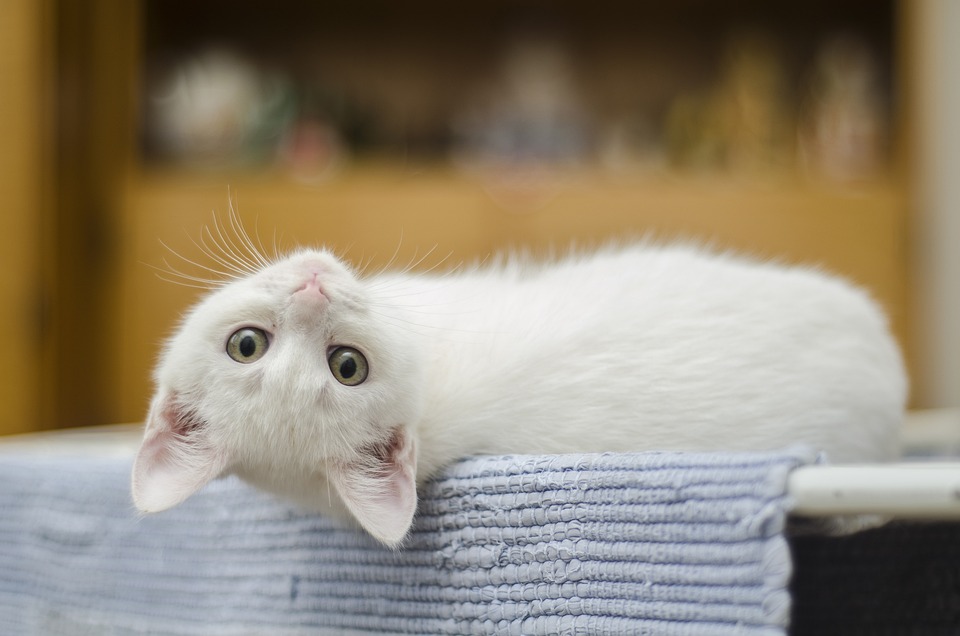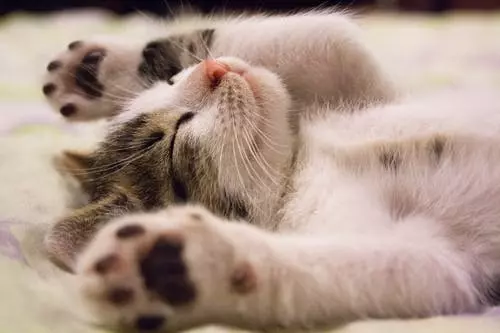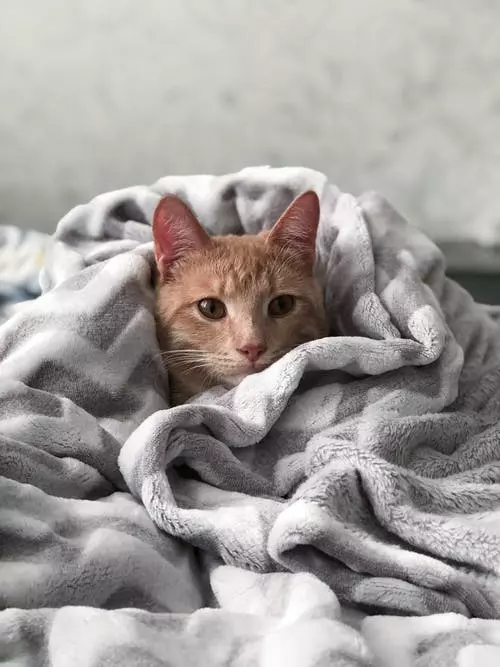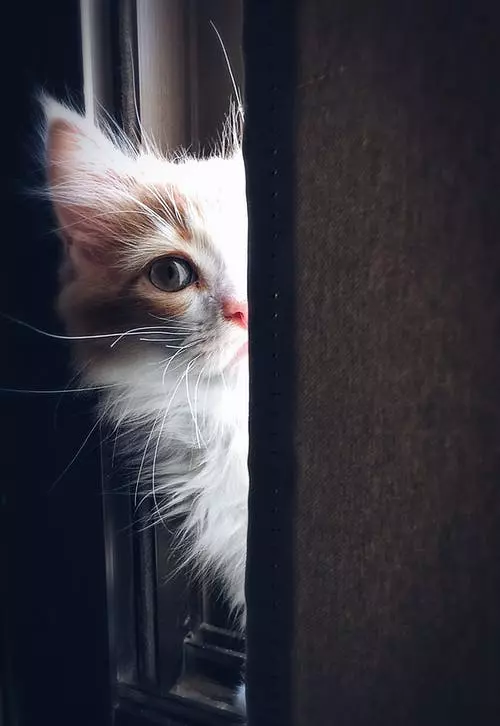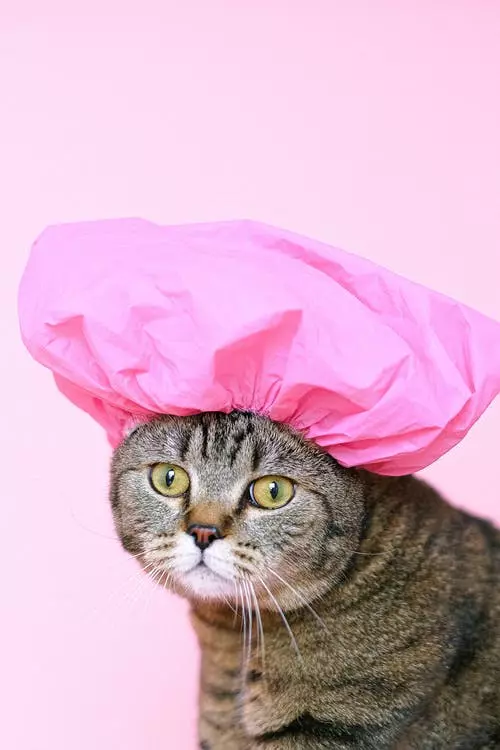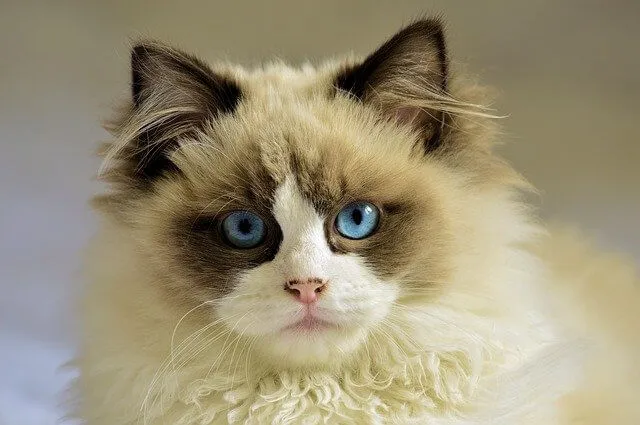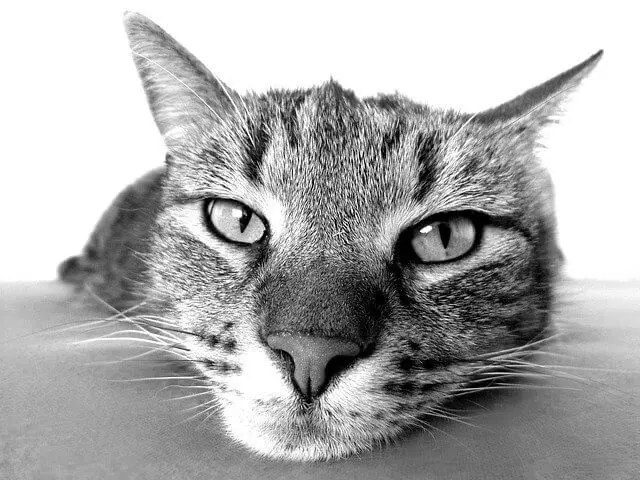Title: Cat Behavior 101: Understanding and Addressing Tail Chasing as Playful Behavior
Introduction:
Understanding why cats chase their own tails is crucial for cat owners. While tail chasing is often considered a playful behavior, it can also be a sign of underlying issues. In this article, we will delve into the reasons behind tail chasing in cats and explore effective strategies to address this behavior.
I. Why Do Cats Chase Their Tails?
A. Playful Instincts and Predatory Behavior
B. Lack of Mental and Physical Stimulation
C. Attention-Seeking Behavior
D. Stress, Anxiety, or Frustration
II. Identifying Tail Chasing as Playful Behavior
A. Observing the Context and Frequency
B. Body Language and Tail Position
C. Positive Play Signals
D. Distinguishing Play from Stress or Aggression
III. Addressing Tail Chasing: Tips and Strategies
A. Providing Ample Mental and Physical Stimulation
1. Interactive Toys and Puzzle Feeders
2. Regular Play Sessions
3. Environmental Enrichment
B. Redirecting Energy and Attention
1. Engaging with Interactive Play
2. Rotating Toys and Games
3. Positive Reinforcement Training
C. Reducing Stress and Anxiety
1. Creating a Safe and Calming Environment
2. Establishing Consistent Routines
3. Introducing Relaxation Techniques
FAQs (Frequently Asked Questions)
Q1: Is tail chasing in cats always a playful behavior?
Q2: How can I differentiate between playful tail chasing and stress-related tail chasing?
Q3: Can tail chasing be harmful to cats?
Q4: My cat’s tail chasing behavior is excessive. Should I be concerned?
Q5: Will neutering/spaying my cat help reduce tail chasing behavior?
Q6: Are there any medical conditions that can cause tail chasing in cats?
Q7: Can tail chasing be a sign of boredom? How can I prevent it?
Q8: Should I attempt to stop my cat from tail chasing altogether?
Q9: My cat’s tail chasing behavior is causing damage to the tail. What should I do?
Q10: When should I consult a veterinarian or a professional behaviorist about my cat’s tail chasing behavior?
Conclusion:
Tail chasing in cats can be a playful behavior, but it’s essential to understand the underlying reasons and address any potential issues. By providing adequate mental and physical stimulation, redirecting their energy, reducing stress, and understanding their unique needs, you can effectively manage and prevent excessive tail chasing in your feline companion. Remember to consult a professional if you have concerns about your cat’s behavior.

